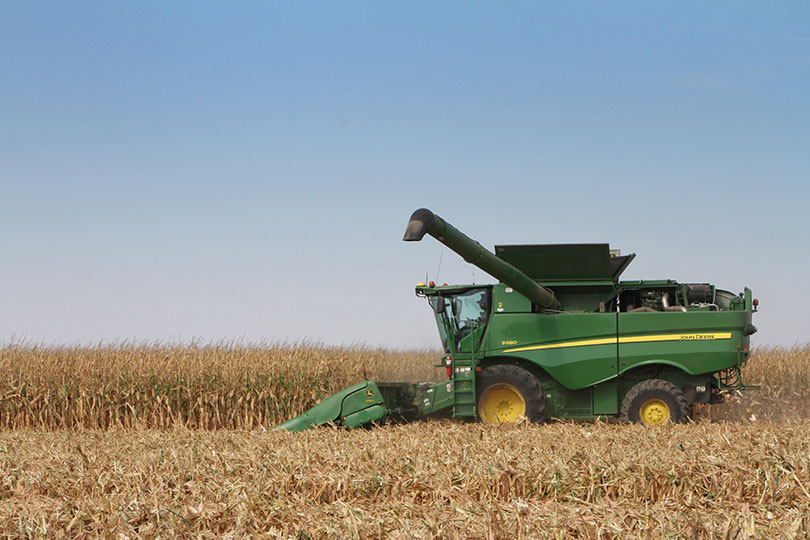Row crop farmers in Texas and across the country are facing mounting financial pressures. Rising production costs and falling commodity prices have made it harder for farmers to stay in the black, experts warn.
Faith Parum, an economist with the American Farm Bureau Federation (AFBF), said that although the agricultural economy is challenged broadly, farmers growing row crops are being hit especially hard.
“So, our row crop farmers, but really, all of our farmers and producers, are being squeezed by falling prices and really high input costs,” Parum said. “We’ve seen an increase in a record-high production costs this year, and that’s affecting row crop farmers, our specialty crop farmers, livestock producers, all across the board.”
The cost of fertilizer remains a major concern as global trade disruptions and higher energy prices fuel market volatility. But other input costs, including fuel, seed, labor, equipment and repairs, are also driving up the cost of production.
Parum noted that many farmers are relying heavily on operating loans to bridge the gap to the next marketing year. Interest costs are rising, adding pressure to already strained balance sheets.
The tough economy is impacting a variety of crops, but each one has a different profitability scenario.
“Cotton’s our largest loss at over $300 an acre, and so that’s going to be pretty high and really hurt their operations. Peanuts are at a $173 loss, corn at a $169 loss, soybeans at a $114 loss, and rice at a $154 loss,” she said. “Sorghum and wheat also operating at a loss, well over $100. So, all of our row crop producers are really struggling, and this isn’t the first year they’ve operated at a loss.”
Strong yields, Parum said, provide little relief, and imbalance in the market has driven profit margins to the point where breaking even is unachievable.
“Commodity prices have plummeted from their 2022 highs, creating a persistent imbalance in the farm economy that places real strain on the financial health of row crop farmers across the country,” she wrote in a Market Intel report.
Farm financial stress is showing up in the data through higher farm losses and more bankruptcy filings.
The outlook, she said, depends on both market recovery and policy implementation. The One Big Beautiful Bill Act makes important progress by raising reference prices and expanding crop insurance options, but most provisions do not take effect until late 2026.
“Until then, both row and specialty crop farmers must continue operating in an environment where global input costs remain high, and crop returns are negative,” Parum said. “Managing this gap will be critical to sustaining farm families and maintaining the resilience of U.S. agriculture.”
Read the Market Intel report for more on the farm economy.


Leave A Comment